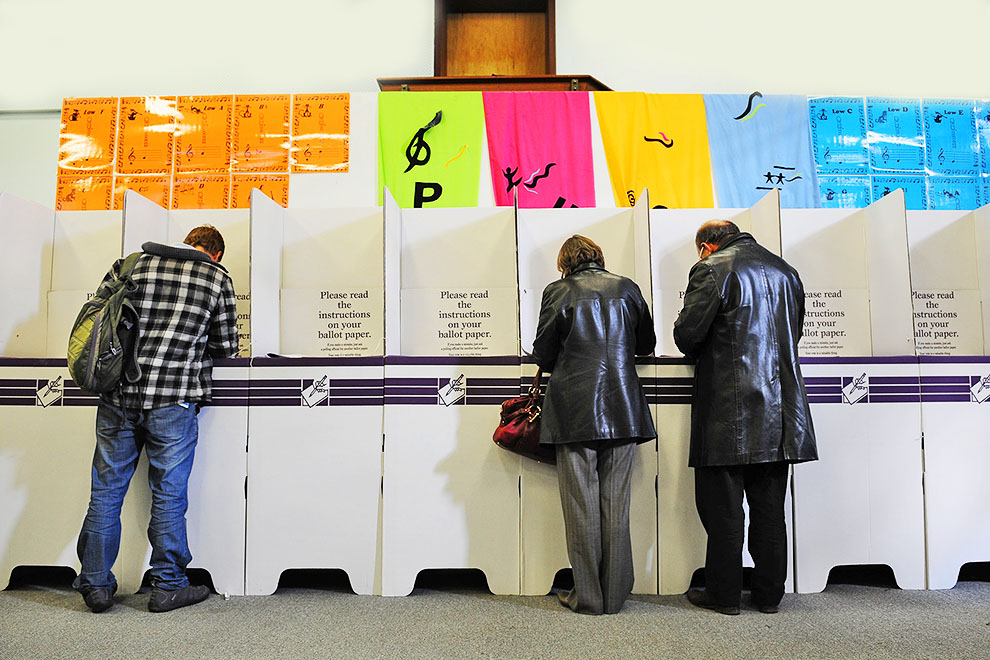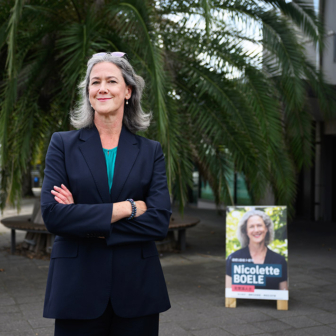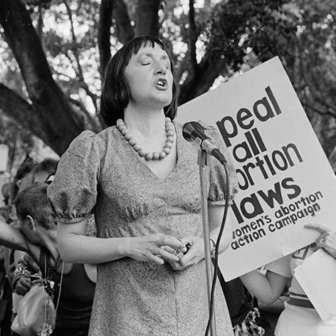Deep beneath the statistical returns for last year’s federal election lurks a troubling indicator. Our tradition of compulsory voting is set to collide with technology, with unpleasant consequences for hundreds of thousands of Australians.
The problem isn’t the record low turnout rate among voters, although it’s related to that. The official House of Representatives figure for the 2016 election was 91.0 per cent, down from 93.2 per cent in 2013 and the lowest turnout since the introduction of compulsory voting in 1924.
Those numbers are misleading. Official turnout was low because of the excellent state of the electoral rolls, which are estimated by the Australian Electoral Commission to contain 95 per cent of people in the country eligible to vote – the most complete electoral roll in recent history and, possibly, since the first Commonwealth roll was constructed in 1902.
Turnout as a proportion of estimated eligible voters – as opposed to names on the roll – actually increased a little on 2013, from 86.2 to 86.4 per cent. This, due to the improved roll, was a very fine thing.
This figure points to the contradiction at the heart of our system. Both enrolment and voting are compulsory for Australian federal elections, but the AEC (and, as a rule, though with exceptions, its state and territory counterparts) doesn’t prosecute non-enrollers. That’s mainly to encourage past transgressors to get themselves on the roll.
That’s the twist: if you’re not on the roll, you don’t have to vote (and in fact aren’t able to), but if you are enrolled and don’t vote you are pursued by authorities and hit with a fine if you don’t recite an appropriate reason.
In 2012, faced with a long-deteriorating electoral list, the Gillard government introduced automatic enrolment – the AEC prefers “direct enrolment” – which gave the commission the ability to use data from other government agencies to enrol Australians or change voters’ enrolment details. (Previously, the AEC had been allowed to use that information only to take a person off the roll – if he or she moved house, for example. The AEC would also send an enrolment form to that person’s new address, but these increasingly ended up in the bin. This was the major reason the roll was not as full as it used to be.)
At the next election, in 2013, comprehensiveness improved a little, to an estimated 92.4 per cent of eligibles. But it was during the 2013–16 term that the AEC’s data-matching really began to grunt, and that led to the 95.0 per cent figure last year.
That’s terrific, because it enables more people to vote. Generally, at modern elections, hundreds of thousands attempt to vote only to find they aren’t enrolled. A fuller roll meant fewer of them were turned away. But it also produced a disproportionate jump in numbers on the roll who don’t vote.
That wouldn’t matter if non-voters weren’t pursued by the authorities. But after every election the AEC sends these enrolled non-voters a please-explain letter. As the commission explains in its submission to the parliamentary inquiry into the 2016 election:
[If] the elector has not provided valid and sufficient reason for not voting, the elector is required to pay an administrative penalty of $20. In cases where neither a response to the notice or payment is received by the due date, the matter may be referred to court. In these cases, the individual is liable to pay a maximum fine of $180 (plus court costs), and a criminal conviction may be recorded against them.
The AEC sent 969,586 of these non-voter letters last year. To describe this as a record doesn’t do it justice: it represented a 46 per cent increase over 2013. The AEC wrote that this “flows on from the lower overall voter turnout for the 2016 federal election.” But, as we know, turnout was not lower as a proportion of eligible voters, just of those enrolled.
In net terms, more than a third – around 38 per cent – of the people who were added to the electoral roll from 2013 to 2016 stayed at home. It should not surprise us that the closer the roll gets to 100 per cent (it will never get quite there), the smaller the proportion of the freshly enrolled who will exercise their obligation to vote. This “high-hanging fruit” will include many who don’t know they’re enrolled, don’t read AEC letters, can’t read or can’t read English, are estranged from mainstream society, have an ideological objection to being dragooned to the ballot box, don’t know what an election is, are mad, bad or live in a cave, or all of the above.
These people are also relatively likely to ignore those “please explain” letters.
The AEC’s submission noted that the 2016 leap in non-voting letters “has cost and workload implications for the AEC around mailing, assessment, and prosecution processes.” It will also clog up the courts. But of greatest concern is all those hundreds of thousands of Australians affected, disproportionately with low incomes. (For example, Indigenous Australians are overrepresented among both non-enrolled and non-voting enrolled.)
Why is Australia one of the small handful of advanced democracies to force its resident citizens to register a (formal or informal) vote? Compulsion was introduced for Commonwealth elections in 1924 (in Queensland, the first state to bring it in, 1915) predominantly to address the low turnout levels that had followed the replacement of first-past-the-post with preferential voting in 1918. (Compulsory enrolment arrived in 1912.)
That’s the short answer. The longer one – why this nation responded to low turnout in a manner most would not even contemplate – goes to our national DNA, a coincidence of the timing of European settlement with the currency of certain ideas in Britain. Australians, unlike Americans, traditionally look to government to build infrastructure and provide solutions, and if on occasion that involves telling us what to do for our own good, then so be it.
This mindset has thrown up good as well as bad outcomes, including in the electoral arena. The “Australian ballot,” or secret ballot, devised in Victoria in January 1856, is probably the most obvious of the good outcomes. The idea of the state supplying voting papers containing candidates’ names, free of charge, along with private polling booths and all other accessories, was roundly condemned back in London as expensive overreach. But it made the secret vote mandatory – all but eradicating coerced and bribed votes – and was being used across most of the democratic world by 1900.
In forcing electors to register a vote, however, we remain a freakish outlier. And as the electoral roll improves, the number of people harassed for non-voting will continue increasing exponentially.
Yes, the AEC will accept “I was looking after my suddenly sick mother” as an excuse without sending in a private investigator. But incentivising lying to the government is less than ideal. And the commission has better things to do and better ways to use resources than to chase escalating numbers of non-voters.
How should the AEC respond to this problem? By not taking its enrolment obligations seriously? Or should it start fining the unenrolled?
The best solution would be to make both enrolment and voting voluntary, while giving the AEC the capacity to maintain as comprehensive an electoral roll as feasible. Perhaps electors would be entitled to take themselves off the roll if they wished.
Voluntarism would undoubtedly see turnout plummet over time, which would not be desirable. But all policy choices involve trade-offs. One upside would be that, if turnout is an indicator of civic engagement – as it is routinely believed to be, internationally – we would finally get a realistic measure for this country.
Supporters of the status quo point to the American experience as a warning against scrapping compulsion, as if it’s the only country in the world that has voluntary voting. But there are dozens of other developed democracies to look at instead, including one very close by, with similar history to ours, across the Tasman. They seem to do okay.
Compulsory voting enjoys wide support in the community. Only the Coalition would attempt to get rid of it, and any move would be interpreted by the electorate with much cynicism.
That’s why it probably won’t happen. But it should. •





